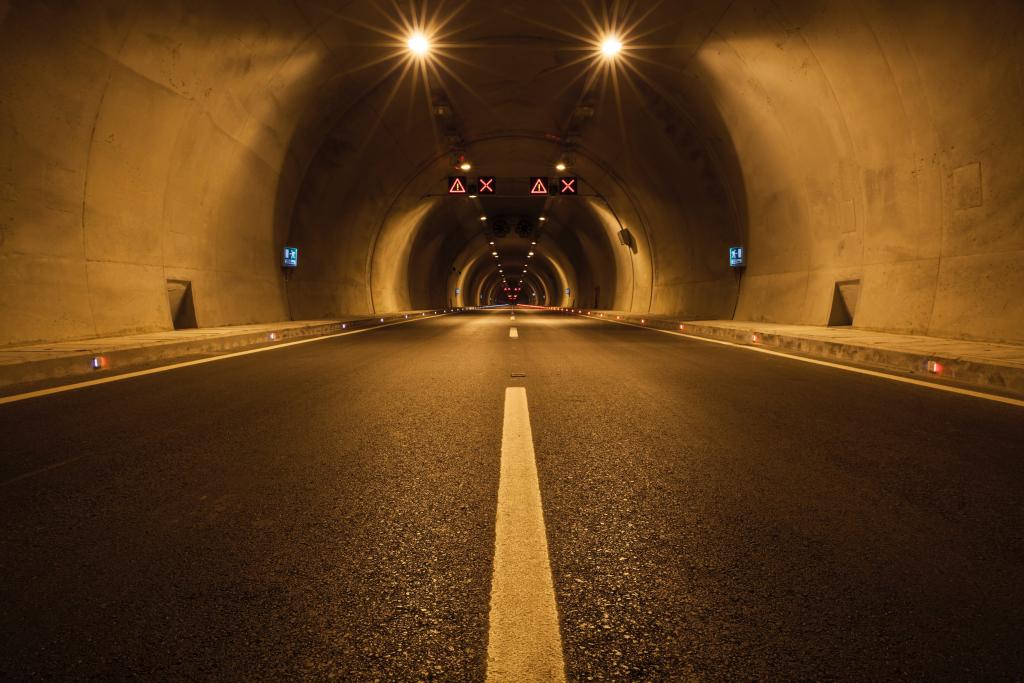
Witnesses to road accidents commonly express linear, black and white views as to where responsibility lies. As a case concerning a catastrophic collision in a road tunnel showed, however, judges take a more nuanced and evidence-based approach.
After a tipper lorry braked to a halt in a slip lane inside the tunnel, a scooter rider ran into the back of the vehicle. He sustained severe spinal and brain injuries. After a personal injury claim was launched on his behalf, the lorry driver’s insurers denied that he was at fault and alleged that the scooter rider had himself been grossly negligent.
The lorry driver, who had since died, told police at the scene that he stopped after hearing a noise coming from his vehicle. He activated the lorry’s rotating beacon lights before climbing down from his cab and conducting a visual inspection to ensure that nothing was going to fall off. It was whilst he was walking round the vehicle that the collision occurred.
Ruling on the matter, the High Court found that, despite the absence of a clearway sign, a reasonably prudent motorist would have realised that it was not permitted to stop in the tunnel and that to do so had the potential to cause serious danger to other road users. On hearing the noise, a reasonably prudent driver would have proceeded slowly and cautiously out of the tunnel.
By parking his lorry where he did, the driver created an extremely dangerous and unjustified obstruction that entirely blocked the slip lane. He could have reduced the hazard by driving further on, where the lane widened. The beacon lights would have reflected confusingly off the tunnel walls and would not necessarily have indicated that the vehicle was stationary, rather than moving slowly.
On the other hand, in nipping between lanes and entering the slip lane without first ensuring that it was safe to do so, the scooter rider failed to take reasonable care for his own safety. The Court apportioned responsibility for the accident 60 per cent to the lorry driver and 40 per cent to the scooter rider. The amount of the latter’s compensation would be assessed on that basis.